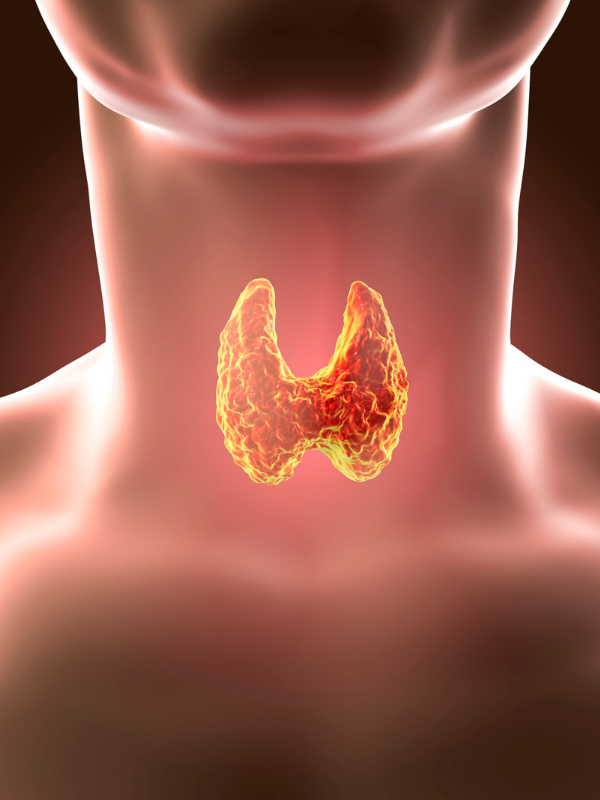Your doctor says your thyroid test is normal, but you have the Symptoms of hypothyroidism including:
- Fatigue
- Weight gain
- Constipation
- Brain fog
- Muscle aches
- Depressed mood
If this sounds like you, you might want to have a thyroid test that includes “Reverse T3”.
What is Reverse T3?
Reverse T3 is an inactive form of T3 that fits into the cell receptors where regular T3 normally plugs in and performs its function. With the reverse T3 blocking the receptors, you can end up with normal blood levels of TSH and T3, but without the T3 being able to perform its function.
The Reverse T3 Blood Test May Give You Some Answers
The Thyroid #2 Essential Blood Test Panel includes Reverse T3 along with the usual thyroid labs including TSH, Free T3, Free Serum Thyroxine (T4). Reverse T3 is a biologically inactive form of T3 (aka triiodothyronine). It is normal for your body to convert T4 to T3 and RT3 in a certain ratio, but there are times when the amount converted to RT3 (the inactive form) rises.
You may be making too much of the inactive Reverse T3 if:
- Your body is under physical or emotional stress. Cortisol increases the amount of Reverse T3 you produce.
- You take drugs such as amiodarone and glucocorticoids. These medications can cause increased RT3 levels.
The T3 to T4 Ratio
But elevated RT3 levels alone may not be enough to tell you there is a thyroid condition because stress can cause levels to rise. So, a more accurate assessment is possible by entering both the Reverse T3 result and the free T3 test result into an equation to evaluate the ratio between RT3 and free T3 levels.
Here’s a calculator: Calculate the T3 to Reverse T3 Ratio.

 Scan Me!
Scan Me!


